Understanding DC to AC Converters: Efficiency Ratings and Real-World Applications in Renewable Energy Systems
In the realm of renewable energy systems, the efficient conversion of direct current (DC) to alternating current (AC) is critical for maximizing energy utilization and integrating sustainable energy sources into the grid. Understanding DC to AC converters and their efficiency ratings is essential for both engineers and consumers who seek to optimize performance in solar power, wind energy, and other renewable applications. This article provides a comprehensive guide on how to effectively implement and choose DC to AC converters, taking into account factors such as efficiency, load characteristics, and application-specific requirements.
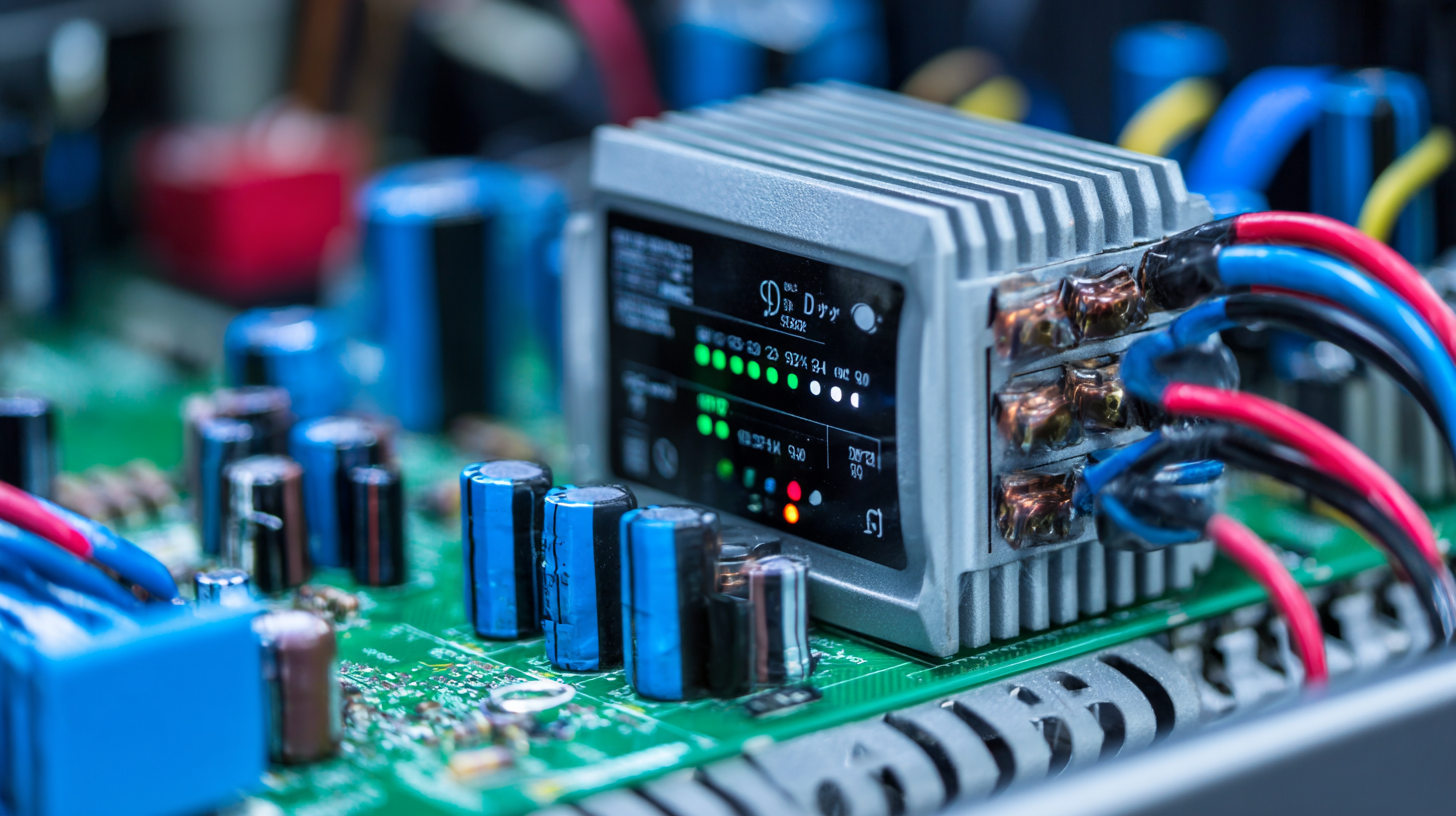
By exploring real-world applications and the latest advancements in converter technology, readers will gain valuable insights into enhancing energy conversion processes, reducing losses, and contributing to a more sustainable energy future. Whether you are designing a small-scale solar system or integrating large wind farms, understanding the nuances of DC to AC converter performance will empower you to make informed decisions that align with modern energy demands.
Efficiency Metrics: Analyzing DC to AC Converter Performance in Renewable Energy
When evaluating the performance of DC to AC converters, particularly in renewable energy systems, understanding efficiency metrics is crucial. Efficiency ratings can vary significantly based on design and operational conditions; for instance, state-of-the-art inverters today typically achieve efficiency rates of 95% to 99%. According to the National Renewable Energy Laboratory (NREL), highly efficient converters not only optimize energy capture from sources like solar panels but also minimize losses during the conversion process, ultimately enhancing the overall system performance.
Moreover, the real-world applications of these converters demonstrate their critical role in integrating renewable energy into the grid. A report by the International Renewable Energy Agency (IRENA) highlights that optimizing inverter efficiency can yield substantial economic benefits, reducing energy costs by as much as 20% over the lifespan of a solar system. This underscores the importance of selecting converters with high efficiency ratings, as they directly influence the effectiveness of renewable energy utilization, contributing to both environmental sustainability and economic viability in energy systems.
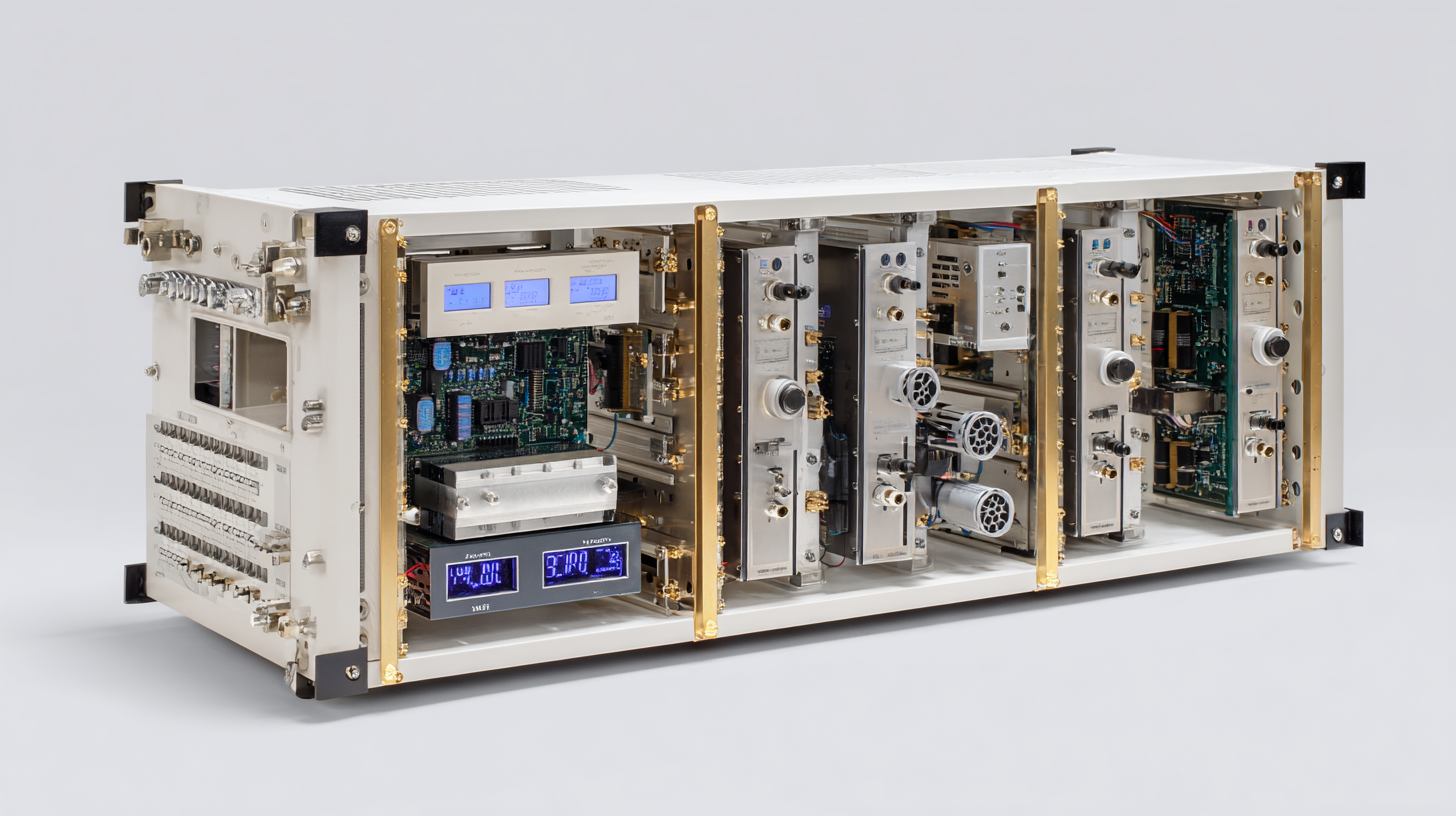
Impact of Converter Design on Renewable Energy System Output and Stability
The design of DC to AC converters significantly influences the overall output and stability of renewable energy systems.
A well-designed converter can optimize power conversion efficiency, thus maximizing the energy harnessed from renewable sources such as solar panels and wind turbines.
By employing advanced modulation techniques and high-quality components, converters can minimize energy losses and improve the reliability of power supply.
This efficiency is critical in applications where energy demand fluctuates, ensuring that renewable systems can meet the load requirements without compromising performance.
Moreover, the stability of renewable energy systems is closely linked to the converter's response to dynamic changes in load and generation conditions.
An effective converter design incorporates robust control strategies to maintain voltage and frequency stability, even in variable weather conditions that affect energy production.
This adaptability is essential for integrating renewable resources into the grid, contributing to a more reliable and resilient energy infrastructure.
In summary, the impact of converter design extends beyond mere efficiency; it plays a crucial role in ensuring that renewable energy systems can operate smoothly and effectively in real-world scenarios.
Comparative Review: Efficiency Ratings of Different DC to AC Converter Technologies
DC to AC converters, commonly referred to as inverters, play a crucial role in renewable energy systems by converting the direct current (DC) generated by sources like solar panels into alternating current (AC) used by most household appliances. The efficiency of these converters is vital, as it directly affects the overall performance and reliability of renewable energy systems. Recent industry reports indicate that the efficiency ratings of modern inverters typically range from 90% to over 98%. For instance, the National Renewable Energy Laboratory (NREL) found that high-performance inverters can achieve efficiencies exceeding 97%, making them significantly more effective than older technologies, which often fell below 90%.
In the competitive field of DC to AC converter technologies, several types are evaluated based on their efficiency. For example, string inverters, which are widely used in solar applications, usually deliver around 95% efficiency. In contrast, microinverters, while slightly less efficient at about 94%, offer unique benefits in optimizing energy output on a per-panel basis. Furthermore, hybrid inverters have emerged as versatile solutions, with efficiency ratings that can reach up to 97%, making them suitable for systems that integrate both solar and battery storage. According to a recent report by Bloomberg New Energy Finance (BNEF), the advancement in inverter technologies is projected to further enhance these efficiency ratings, driving greater adoption in worldwide renewable energy markets.
Real-World Case Studies: Successful Integration of DC to AC Converters in Solar and Wind Applications
In recent years, the integration of DC to AC converters in renewable energy systems has seen remarkable advancements, particularly in the solar and wind sectors. A notable case study is the deployment of an upgraded inverter technology in a large-scale solar farm in California, which achieved an efficiency rating of over 98.5%. According to the National Renewable Energy Laboratory (NREL), such high-efficiency converters can significantly reduce energy losses, resulting in up to 20% more energy harvested from solar panels compared to older models. This improvement not only enhances system performance but also contributes to the overall viability of solar energy as a competitive source in the energy market.
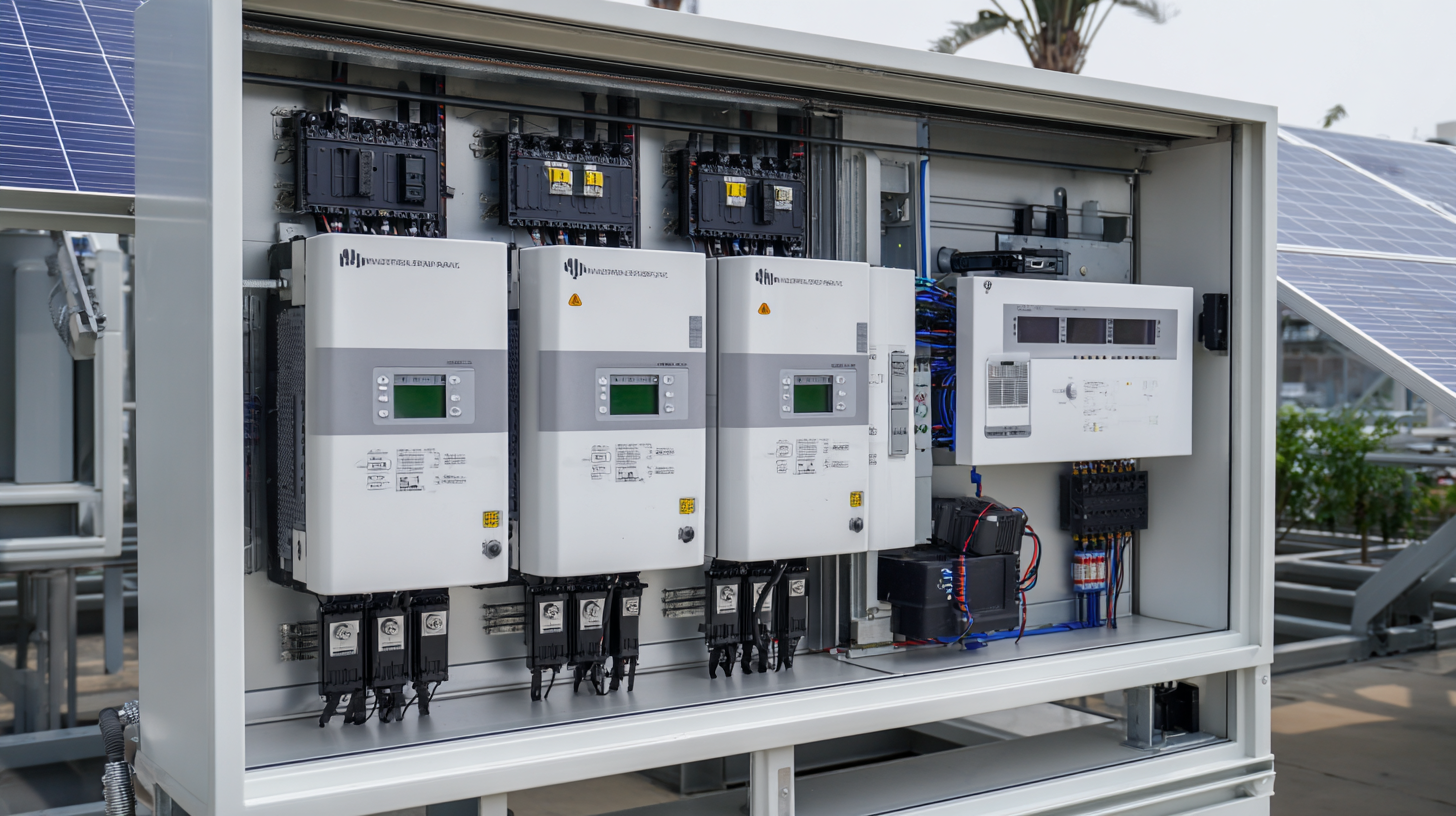
Similarly, in wind energy applications, a recent project in Texas has demonstrated the successful use of advanced DC to AC converters with grid-forming capabilities. This project reported a capacity factor improvement of 5%, largely due to the converters' ability to handle variable wind conditions more effectively. The American Wind Energy Association (AWEA) highlights that integrating state-of-the-art inverters has the potential to lower operational costs by approximately 12%, thus promoting a more sustainable and economically viable wind energy solution. These real-world applications underline the critical role that DC to AC converters play in optimizing the efficiency and reliability of renewable energy systems.
Future Trends: Innovations in DC to AC Converters for Enhanced Efficiency in Renewable Systems
DC to AC converters play a crucial role in enhancing the efficiency of renewable energy systems, particularly as the sector evolves. Recent reports project that the power electronics market will surpass USD 47 billion by 2032, driven by technological innovations aimed at improving electric vehicle integration and performance. These advancements not only facilitate the conversion of renewable energy for grid compatibility but also enhance the overall reliability and safety of power delivery systems.
The shift towards solid-state transformers is revolutionizing the landscape of electrical grids, accommodating the integration of intermittent renewable sources like solar and wind. Additionally, photovoltaic inverter markets are experiencing robust growth as solar installations increase and modernization of the grid accelerates. This trend underscores the necessity for cutting-edge converter technologies, such as universal converters designed for microgrid applications, which harness artificial intelligence to optimize performance and efficiency. The ongoing innovations in DC to AC converters are not just improving efficiency but are also paving the way for future renewable energy initiatives, highlighting the critical role these devices play in sustainable energy systems.
Understanding DC to AC Converters: Efficiency Ratings and Real-World Applications in Renewable Energy Systems
| Application Area | Efficiency Rating (%) | Typical Input Voltage (V) | Typical Output Voltage (V) | Future Trends |
|---|---|---|---|---|
| Solar Energy Systems | 95 | 48 | 230 | Smart Grid Integration |
| Wind Turbines | 92 | 24 | 400 | Increased Power Density |
| Battery Storage Systems | 89 | 48 | 120 | AI-Optimized Performance |
| Electric Vehicles | 90 | 360 | 400 | Ultra-Fast Charging |
| Distributed Energy Resources | 93 | 12 | 240 | Grid Independence Technologies |
Related Posts
-

7 Reasons Why AC to DC Inverters Are Essential for Your Business Efficiency
-
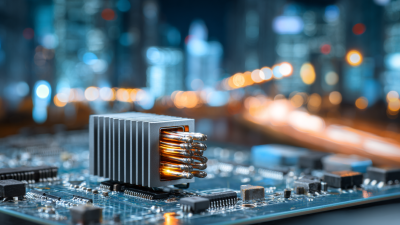
Understanding the Importance of DC to AC Converters in Modern Power Systems
-

How to Select the Best Buck Converter for Efficient Power Management in Your Application
-
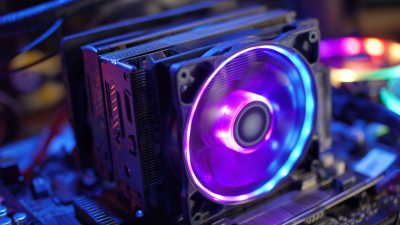
How to Choose the Right PC Power Supply for Your Gaming Setup
-
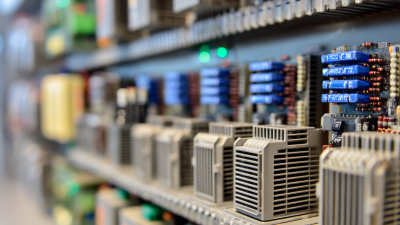
How to Select the Right AC to DC Converter for Your Specific Needs
-

Discover the Advantages of Implementing UPS Power Solutions for Your Business
At Premium PSU, we are specialists in designing and manufacturing power conversion systems for the industrial market. Our product range includes high reliability power supplies from 50W to 72kW.
PREMIUM PSU
C/ Dolors Aleu, 19-21, 2nd Floor
08908 – Hospitalet de Llobregat
Barcelona-SPAIN
t.+34 93 223 26 85


